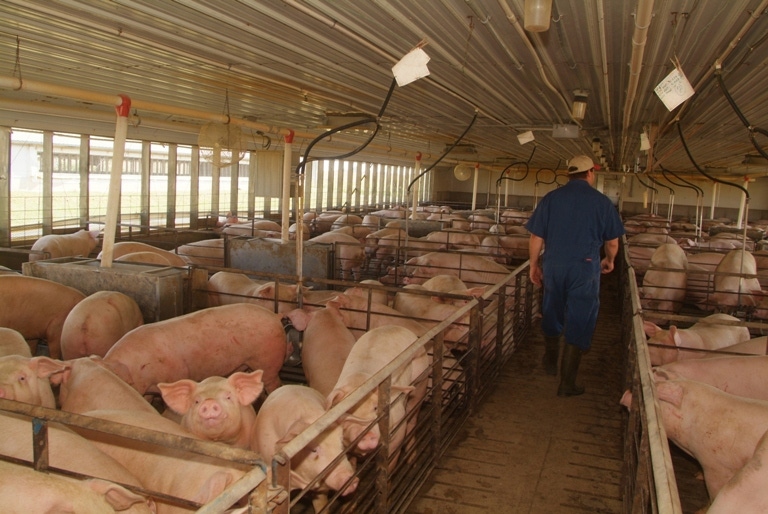As we head into the second quarter of 2013, I think it is imperative to keep a close watch on a few internal and external developments that we will need to manage through as we face another volatile year in the pork industry.
February 25, 2013

As we head into the second quarter of 2013, I think it is imperative to keep a close watch on a few internal and external developments that we will need to manage through as we face another volatile year in the pork industry. The ability to understand and respond is shaping the pork sector’s financial strength and, more importantly, driving returns on your farm’s assets and investments.
Recent price reductions in the hog markets have caused a great deal of concern for producers. The Iowa-southern Minnesota base carcass prices paid for market hogs has declined by over $20/head in the last three weeks. Although cash corn markets have declined by $0.40/bu. during the same time period, producers who were near breakeven a few weeks ago are now looking at losses of $16/head, based on current metrics. Futures prices for pigs based on the June/July futures have been eroding since the beginning of the year and margins have declined for the second and third quarters of 2013 – from $20/head to $5/head, recently. Most of the market news has focused on export markets and the challenges we are facing in a couple of key global pork markets and our access in those markets.
The only good news is that I think there is more future price risk management in place today than at any time in the past. Even though external factors are generally outside of your ability to influence or change them, I still believe they deserve your regular attention. Some key factors to watch:
Grain production and use –Most likely the biggest issue on everyone’s mind is the 2012 drought and the grain production prospects for 2013. I am keeping a close eye on ethanol production and corn exports because they will have the most significant impacts in the rationing of corn until new crop. Also, keep an eye on planting intentions and the current drought in the western Corn Belt.
Pork Exports – As has been reported recently, China and Russia have raised issues about the use of ractopamine in swine diets. China (including Hong Kong) imported 431,000 metric tons of U.S. pork and pork variety meats in 2012, valued at $886 million. Russia imported significantly less at 98,000 metric tons valued at $282 million. Together, these two export markets represented 23.4% of U.S. pork export volume and 18.5% of total export value. More significantly, the two countries combined are expected to represent more than one-third of global pork imports and they are key growth market opportunities for U.S. pork.
Domestic demand –Driven by household income, disposable income and supplies of competing meat and retail prices, domestic demand is a complex issue with many moving parts. I am watching the supplies of competing meat closely. Beef production was down 1.1% in 2012, but predictions for the year were for beef supplies to be off much more. Feedlots managed to add nearly 18 lb. to the average animal harvested, which pushed beef production higher than expectations. While poultry supplies were down in 2012 vs. 2011, recent production has increased significantly with better retail prices at the meat case.
External factors are driving the profit opportunities for the pork industry in the coming months. Although the industry has significant price coverage in 2013, most producers would like to add more protection at levels that offer a decent return on investment. The internal decisions you make to take advantage of these external factors, or to protect yourself from those factors you have little control over, will be critical to your future success.
You May Also Like



